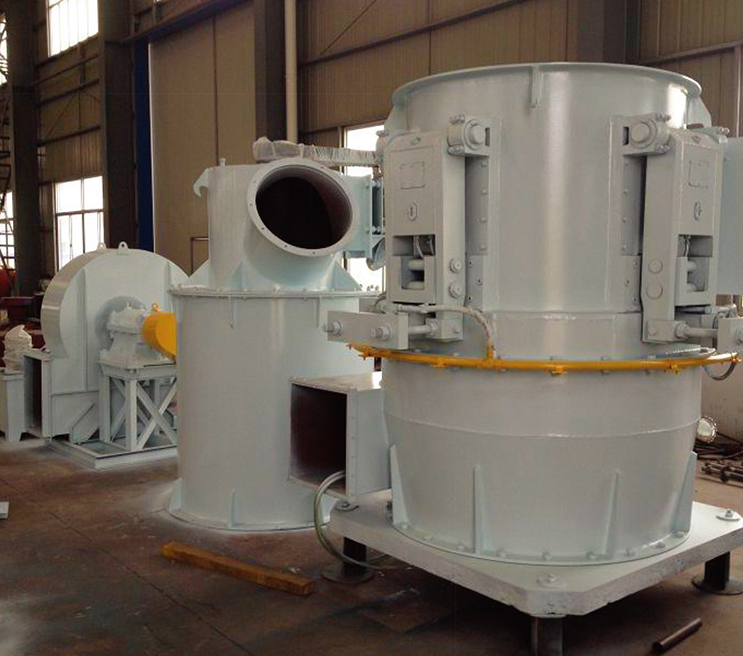Ring Roller Mills are often used as complementary equipment in material processing lines, particularly in conjunction with crushing or grinding machines. Their primary purpose is to produce fine, uniform powders from various materials, including minerals, chemicals, and ceramics. They are especially effective in reducing particle size after initial crushing or grinding processes.
1. Crusher + ring roller mill:
Applicable materials: Materials with high hardness and large particle size, such as ore, limestone, etc.
Working principle: The crusher initially breaks large pieces of material into small pieces, and then sends them to the ring roller mill for fine grinding.
Advantages: Clear division of labor, improved crushing efficiency, and extended the service life of the ring roller mill.
2. Screening machine + ring roller mill:
Applicable materials: Materials that need to be graded.
Working principle: After the material is crushed by the ring roller mill, it is graded by the screening machine to obtain products of different particle sizes.
Advantages: Improve product purity and meet different particle size requirements.
3. Dust collector + ring roller mill:
Applicable materials: Materials with more dust.
Working principle: The dust generated by the ring roller mill is processed by the dust collector to reduce environmental pollution.
Advantages: Improve the working environment and improve product quality.
4. Conveying equipment + ring roller mill:
Applicable materials: Materials that need to be processed continuously.
Working principle: The conveying equipment continuously feeds the materials into the roller mill for crushing.
Advantages: Realize automated production and improve production efficiency.
5. multi-stage classifier + ring roller mill:
Combination and Working Principle
Grinding: The material is fed into the ring roller mill, where it is ground into a fine powder.
Classification: The ground material is then fed into the first stage of the multi-stage classifier. The coarser particles are retained in this stage, while the finer particles pass through to the next stage.
Multiple Stages: This process continues through multiple stages, with each stage producing a different particle size fraction. The final stage typically produces the finest particles.

 English
English 中文简体
中文简体 русский
русский Français
Français Español
Español عربى
عربى

